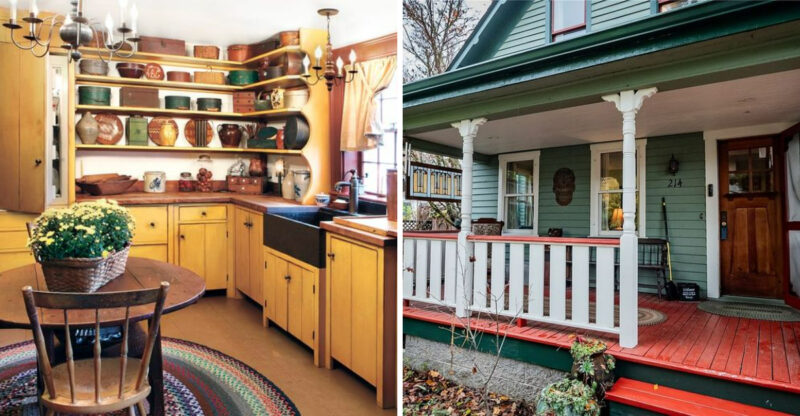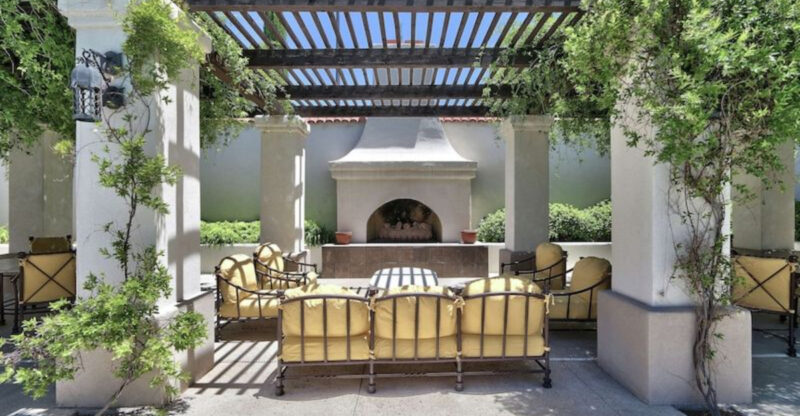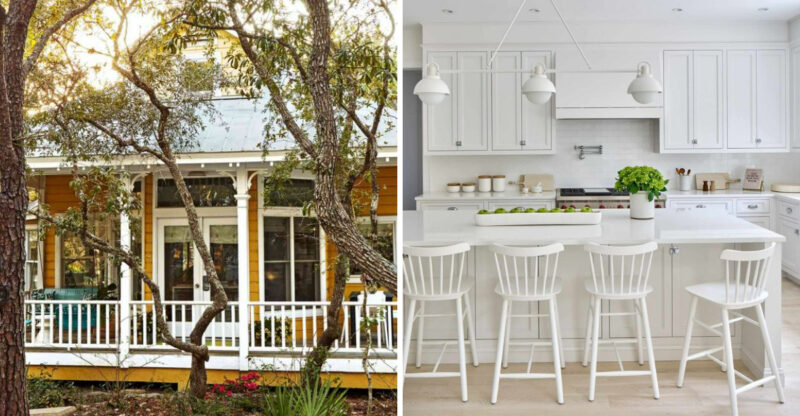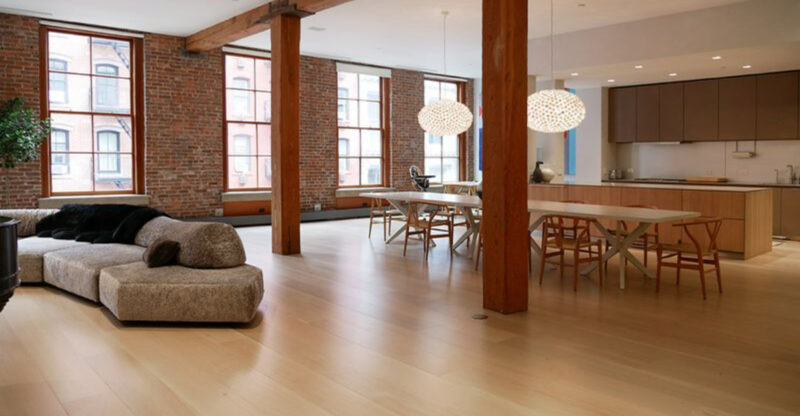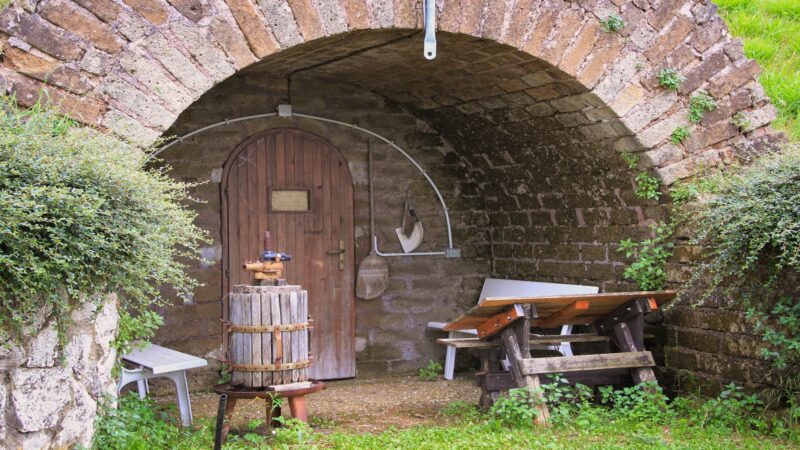11 Mistakes French Interiors Avoid To Stay Effortlessly Elegant
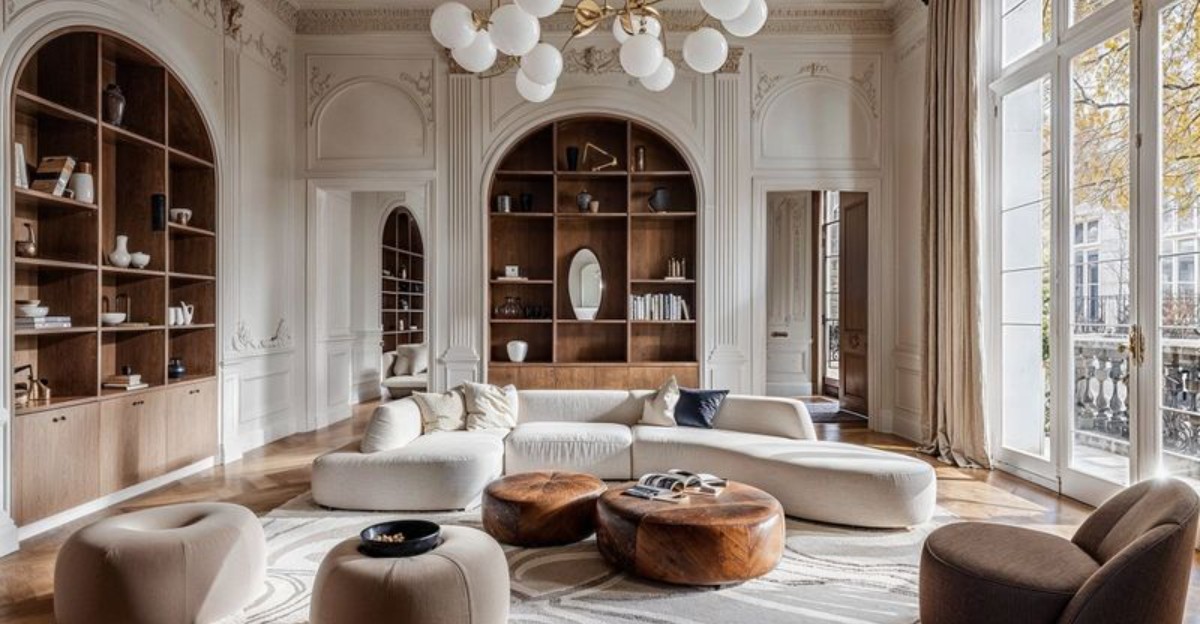
French interior design has captivated the world with its timeless elegance and seemingly effortless sophistication.
While many try to recreate this coveted style, certain missteps can make a space feel more chaotic than chic. The secret to authentic French interiors isn’t just about what you add it’s about what you deliberately avoid.
Let’s explore the common mistakes that French decorators sidestep to maintain that enviable je ne sais quoi in their spaces.
1. Overmatching Furniture Sets
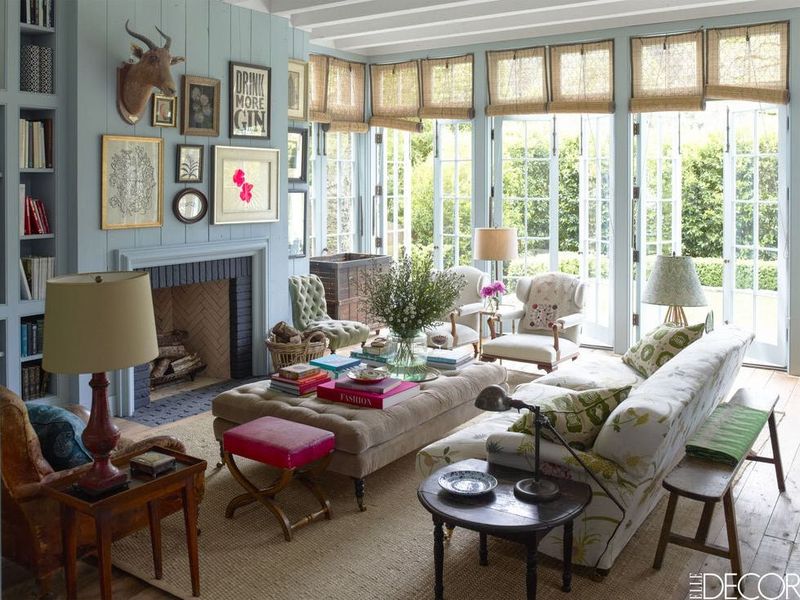
French homes rarely feature those perfectly matched furniture collections straight from showrooms. The French prefer to mix pieces that tell different stories but somehow work beautifully together. They might pair a vintage Louis XV chair with a modern marble table, creating visual interest through contrast.
This approach gives rooms character and depth impossible to achieve with cookie-cutter sets. Each piece earns its place through quality and form rather than matching a predetermined theme.
When shopping, I look for individual pieces that speak to me rather than buying the entire display. This collected-over-time approach feels more authentic and personal exactly what makes French interiors feel like they’ve evolved naturally rather than being decorated overnight.
2. Excessive Clutter
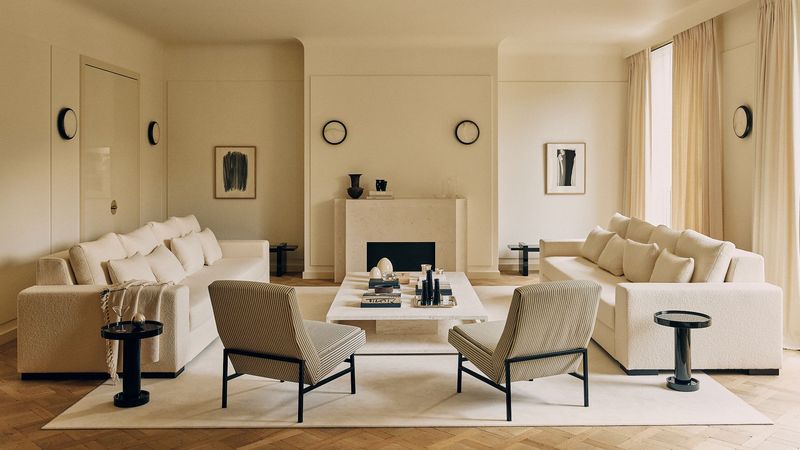
French interiors embrace the philosophy of “curated minimalism” – not stark emptiness, but thoughtful selection. Every item serves a purpose or brings genuine joy, with no random tchotchkes collecting dust on shelves.
Though Americans often associate French style with ornate maximalism, authentic French homes actually practice restraint. They might display a single stunning vase rather than ten mediocre ones. Spaces breathe between objects, allowing special pieces to command attention. I’ve learned to edit ruthlessly, keeping only what I truly love or use regularly.
This discipline creates that enviable sense of refined ease French interiors radiate. When everything in your space has meaning, the entire room feels more intentional and peaceful a sanctuary rather than a storage unit.
3. Harsh, Overhead Lighting Only
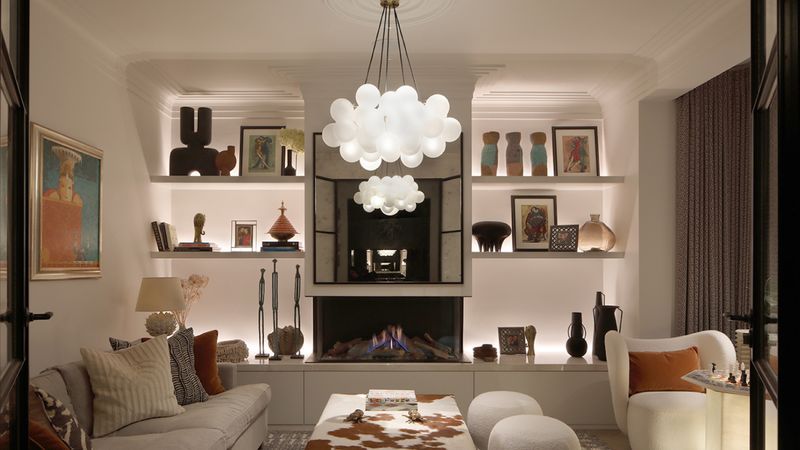
French homes never rely solely on cold ceiling fixtures that cast unflattering shadows. Instead, they create layers of ambient illumination through strategically placed lamps, sconces, and candles that bathe rooms in a warm, flattering glow. Lighting is treated as both functional necessity and decorative art.
A crystal chandelier might hang above a dining table while table lamps provide intimate pools of light for reading corners. This multi-level approach creates depth and atmosphere impossible to achieve with single-source lighting.
During my Paris apartment stay, I noticed how the host had placed small lamps in unexpected spots atop bookshelves, nestled on side tables creating a magical ambiance as evening fell. This thoughtful lighting transformed an ordinary room into something extraordinary, proving that how you illuminate a space matters as much as what’s in it.
4. Neglecting Vintage or Antiques
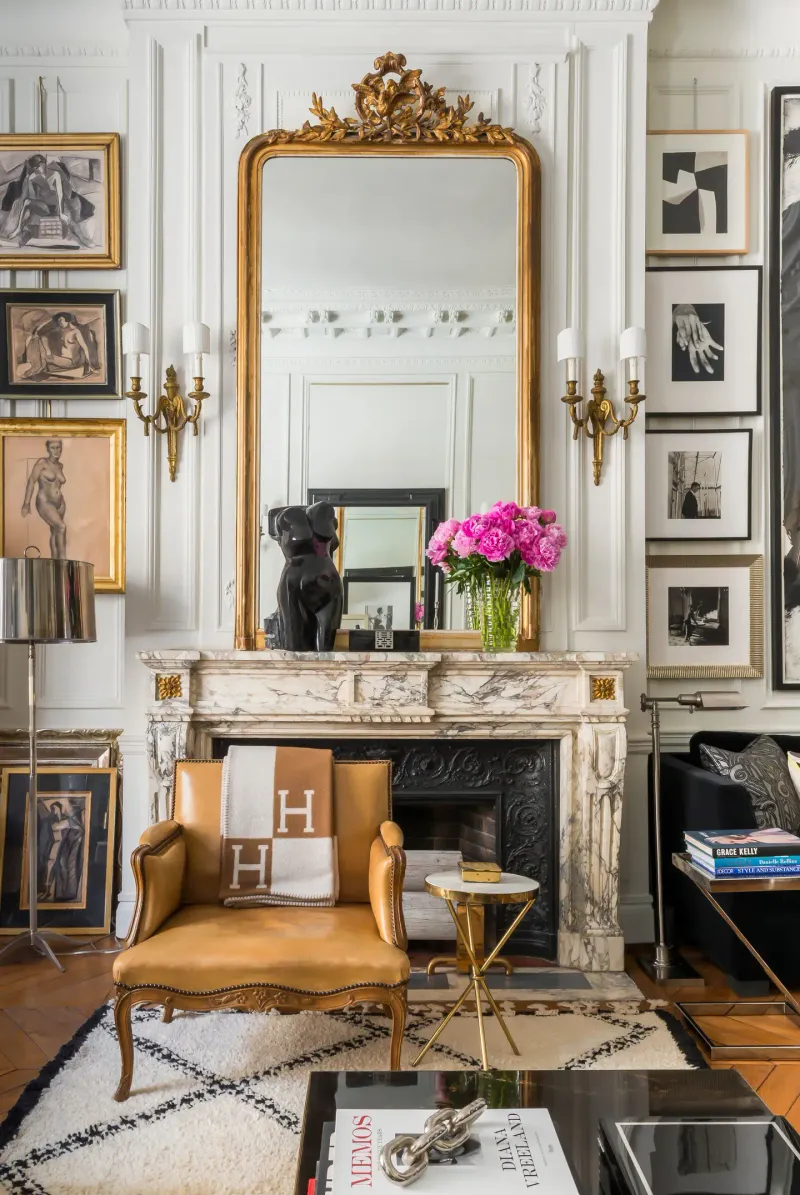
History whispers through authentic French interiors, where at least a few pieces carry stories from previous generations. Unlike spaces filled exclusively with catalog-new items, French rooms incorporate heritage pieces that add soul and character.
This doesn’t mean filling your home with museum-quality antiques. Even simple vintage finds a weathered mirror, old brass candlesticks, or a chair with beautiful patina can anchor a room with authenticity. These elements create that lived-in elegance that defines French style.
When I added my grandmother’s slightly worn side table to my ultra-modern living room, the entire space suddenly felt more interesting and personal. French decorators understand this balance instinctively, knowing that perfection comes not from newness but from thoughtful curation across different eras and styles.
5. Bright, Artificial Color Palettes
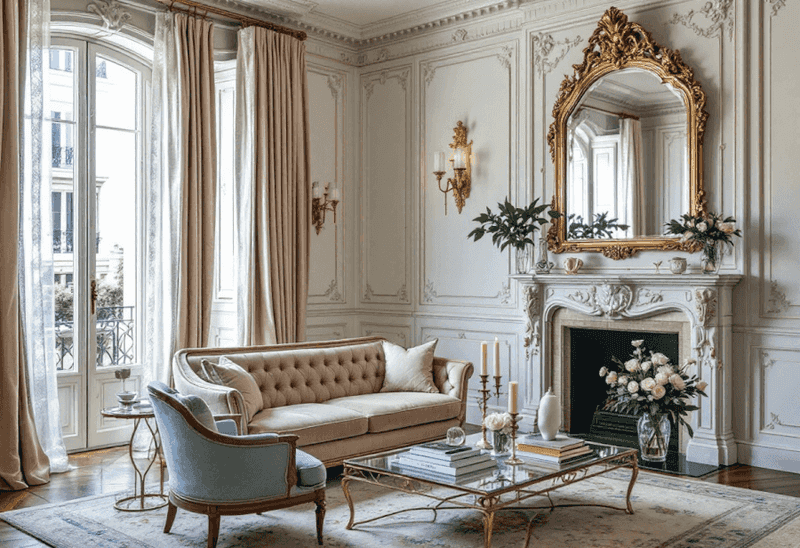
French interiors steer clear of jarring color combinations and neon brights that quickly feel dated. Instead, they embrace sophisticated palettes inspired by nature soft whites, warm neutrals, muted blues, and earthy terracottas that create a timeless backdrop.
Colors feel intentional rather than random, often drawn from the surrounding landscape or architecture. A Parisian apartment might feature subtle grays echoing limestone buildings outside, while a Provence home might incorporate lavender and olive tones from the countryside.
I’ve found that limiting my palette to three complementary colors creates that effortless harmony French spaces are known for. This restraint doesn’t mean boring it allows texture and form to shine while creating a cohesive atmosphere that feels both calming and elegant, never trendy or trying too hard.
6. Generic Wall Art
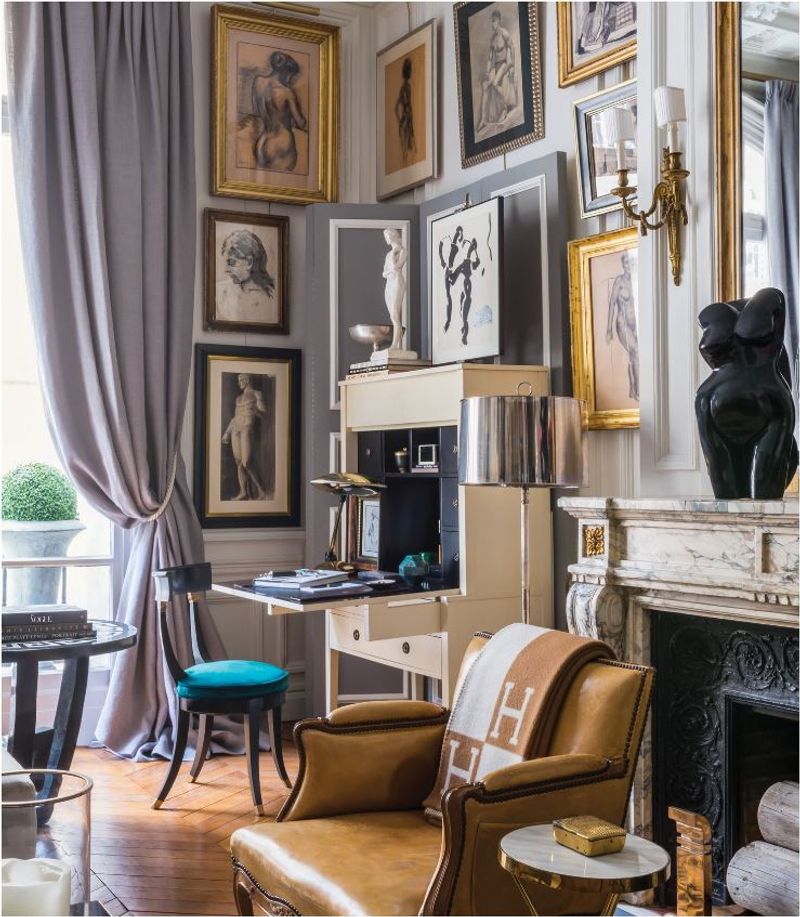
Mass-produced prints with inspirational quotes or predictable images rarely grace French walls. Instead, art choices feel personal and meaningful perhaps original paintings, vintage illustrations, or even framed textiles that reflect the owner’s unique taste and experiences. Art in French homes often tells stories or creates conversation.
You might find a landscape from a favorite vacation spot, portraits of ancestors, or contemporary pieces that challenge perspectives. The common thread is authenticity and personal connection. After visiting a Parisian apartment filled with small paintings collected over decades, I realized how these choices revealed the owner’s journey through life.
When selecting art now, I ask myself if it genuinely moves me rather than if it matches my sofa. This approach creates walls that feel curated rather than decorated, revealing something about who lives there.
7. Cheap-Looking Materials
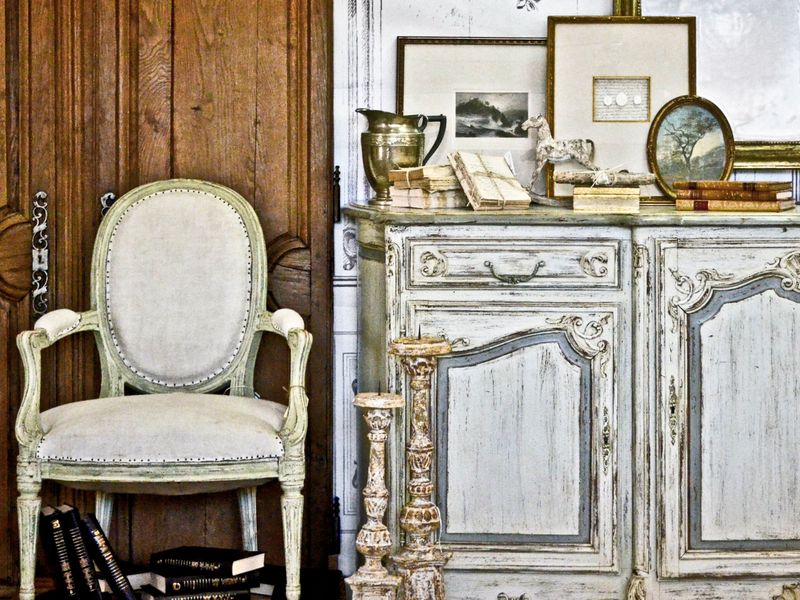
Quality trumps quantity in French design philosophy. Rather than filling spaces with flimsy furniture that needs frequent replacing, French interiors feature fewer pieces made from authentic materials that age beautifully solid wood, natural stone, real linen, and genuine leather.
This doesn’t necessarily mean extravagant spending. A well-made vintage wooden chair might cost less than a new particle-board version while offering superior quality and character. The French understand that investing in materials that develop patina over time creates homes that improve rather than deteriorate.
When renovating my kitchen, I saved for months to afford real marble countertops instead of laminate lookalikes. Years later, I appreciate this choice daily as the natural material develops a subtle, lived-in beauty that imitations never achieve. This commitment to authenticity creates that unmistakable French sense of quiet luxury.
8. Ignoring Architectural Details
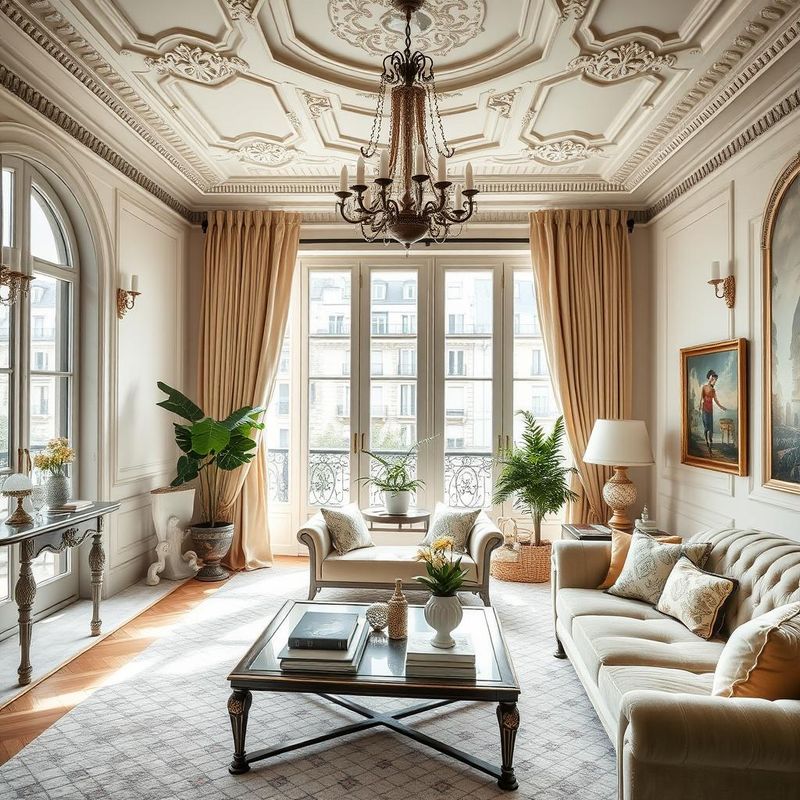
French designers celebrate rather than conceal a building’s bones. Architectural elements like crown molding, ceiling medallions, herringbone floors, and original fireplaces become focal points rather than features to modernize away.
If blessed with these details, French homeowners highlight them through thoughtful furniture placement and complementary design choices. Even in newer constructions lacking historic features, they often add architectural interest through applied moldings or well-proportioned baseboards. During my apartment renovation, I discovered original ceiling beams hidden above a drop ceiling.
Though restoring them required significant work, these elements now give my space authentic character impossible to replicate with decorative objects alone. The French understand that good design starts with honoring a space’s inherent architecture rather than fighting against it.
9. Overly Trendy Decor
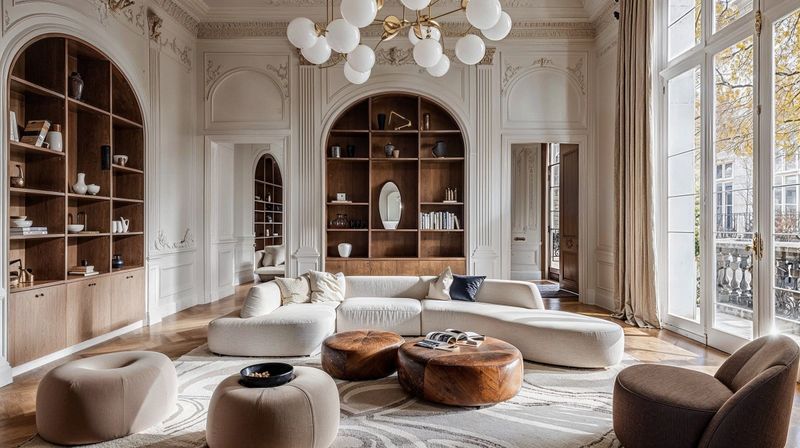
French interiors resist the urge to follow every passing trend, instead embracing timeless elements that transcend fashion cycles. You won’t find rooms that scream what year they were decorated or spaces filled with the latest must-have items that quickly feel dated.
This doesn’t mean French homes feel stuffy or old-fashioned. They incorporate contemporary pieces selectively, choosing designs with staying power rather than flash-in-the-pan popularity. The focus stays on enduring style rather than momentary novelty. I once fell for a boldly patterned wallpaper that dominated design magazines, only to tire of it within months.
Now I follow the French approach of investing in classic foundations while expressing trends through easily changed accessories. This creates spaces that feel both current and timeless—the hallmark of authentic French style.
10. Heavy Window Treatments
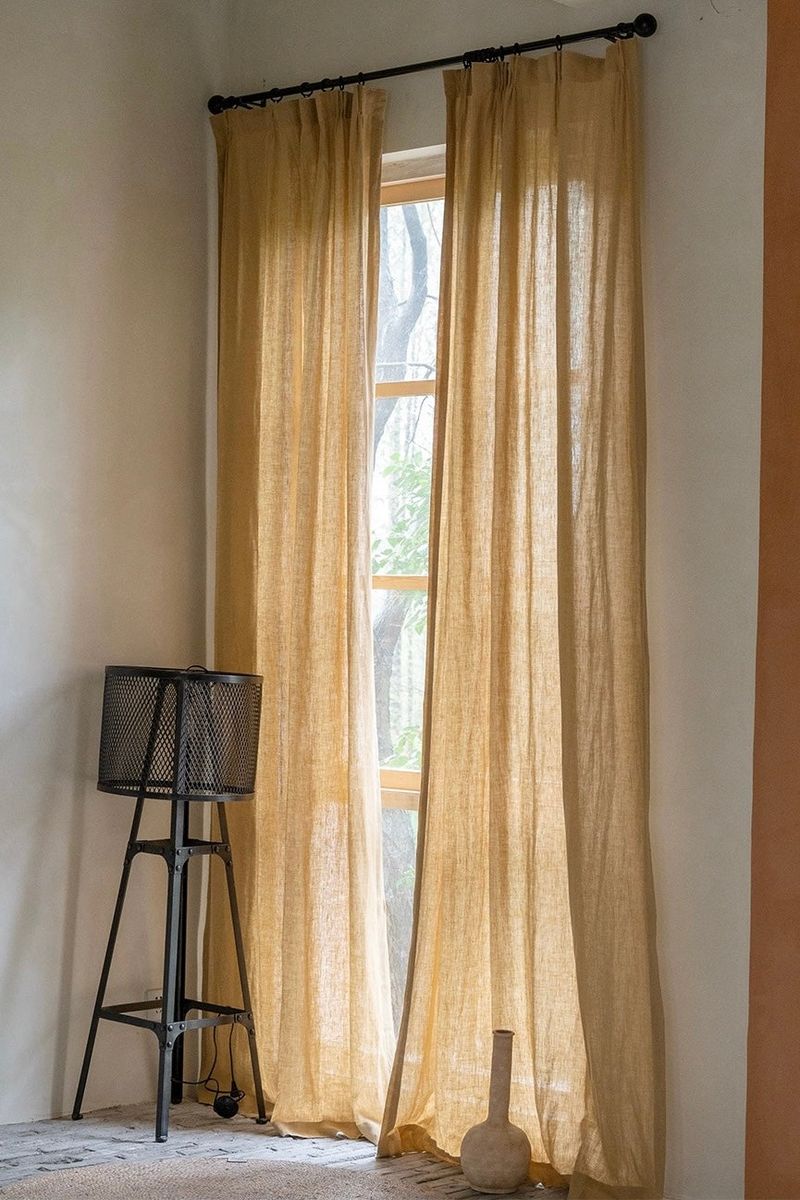
Stuffy, overwrought window coverings with excessive swags, tiebacks, and layers have no place in truly elegant French interiors. Modern French homes favor simpler treatments that frame views beautifully while maintaining a sense of lightness.
Floor-length linen or cotton panels hung close to the ceiling create height and elegance without fussiness. These might be paired with simple sheer underlayers for privacy while still allowing natural light to filter through. The effect feels effortless rather than formal. After replacing my heavy damask drapes with simple linen panels, my entire living room suddenly felt airier and more authentic.
The windows themselves became architectural features rather than being overshadowed by fabric. This restraint creates that characteristic French balance between sophistication and ease formal enough to feel special yet relaxed enough for everyday living.
11. Overstuffed, Bulky Furniture
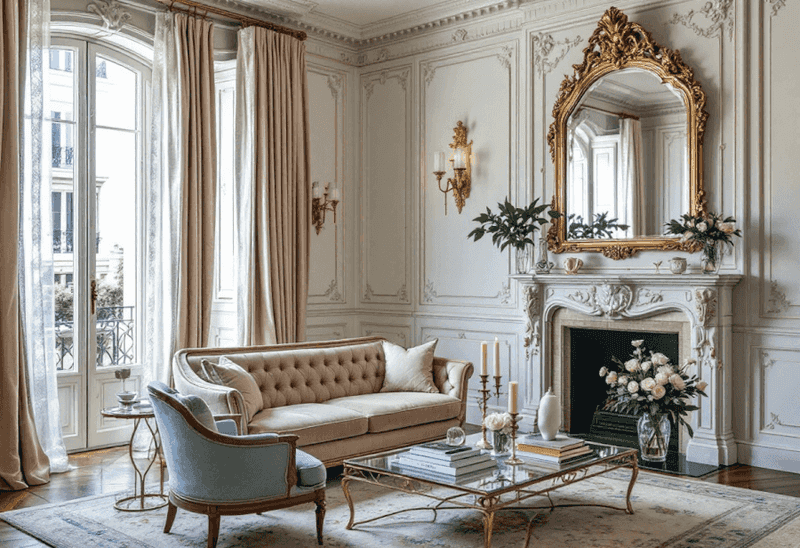
Those massive, puffy sofas that dominate American furniture showrooms rarely appear in French homes. Instead, French interiors feature furniture with cleaner lines and more refined proportions that complement rather than overwhelm spaces. This doesn’t mean sacrificing comfort.
A well-designed French sofa might have firm cushions and a supportive frame while maintaining an elegant silhouette. Chairs and tables typically show some leg rather than sitting heavily on the floor, creating visual lightness. When replacing my oversized sectional, I chose a smaller-scale sofa with visible wooden legs and structured cushions.
Though initially worried about comfort, I discovered this piece actually supports proper posture better while making my room feel twice as spacious. French designers have long understood that furniture scale dramatically impacts how a room feels choosing refined proportions over bulk creates that coveted sense of spaciousness and ease.
12. Perfectly Matching Textiles

French decorators avoid the matchy-matchy look of identical fabrics across upholstery, curtains, and pillows. Instead, they create depth through thoughtfully mixed textiles that complement rather than clone each other.
You might find a linen sofa paired with velvet pillows, silk curtains, and a wool rug each texture playing off the others while maintaining a cohesive feel. Patterns might share color palettes while varying in scale and style, creating visual interest without chaos.
I transformed my bedroom by replacing matching bedding with a mix of complementary linens in different textures a stonewashed cotton duvet, linen shams, and a cashmere throw. This simple change made the space feel more sophisticated and layered. The French mastery of textile mixing creates that lived-in luxury that feels collected over time rather than purchased as a set.

